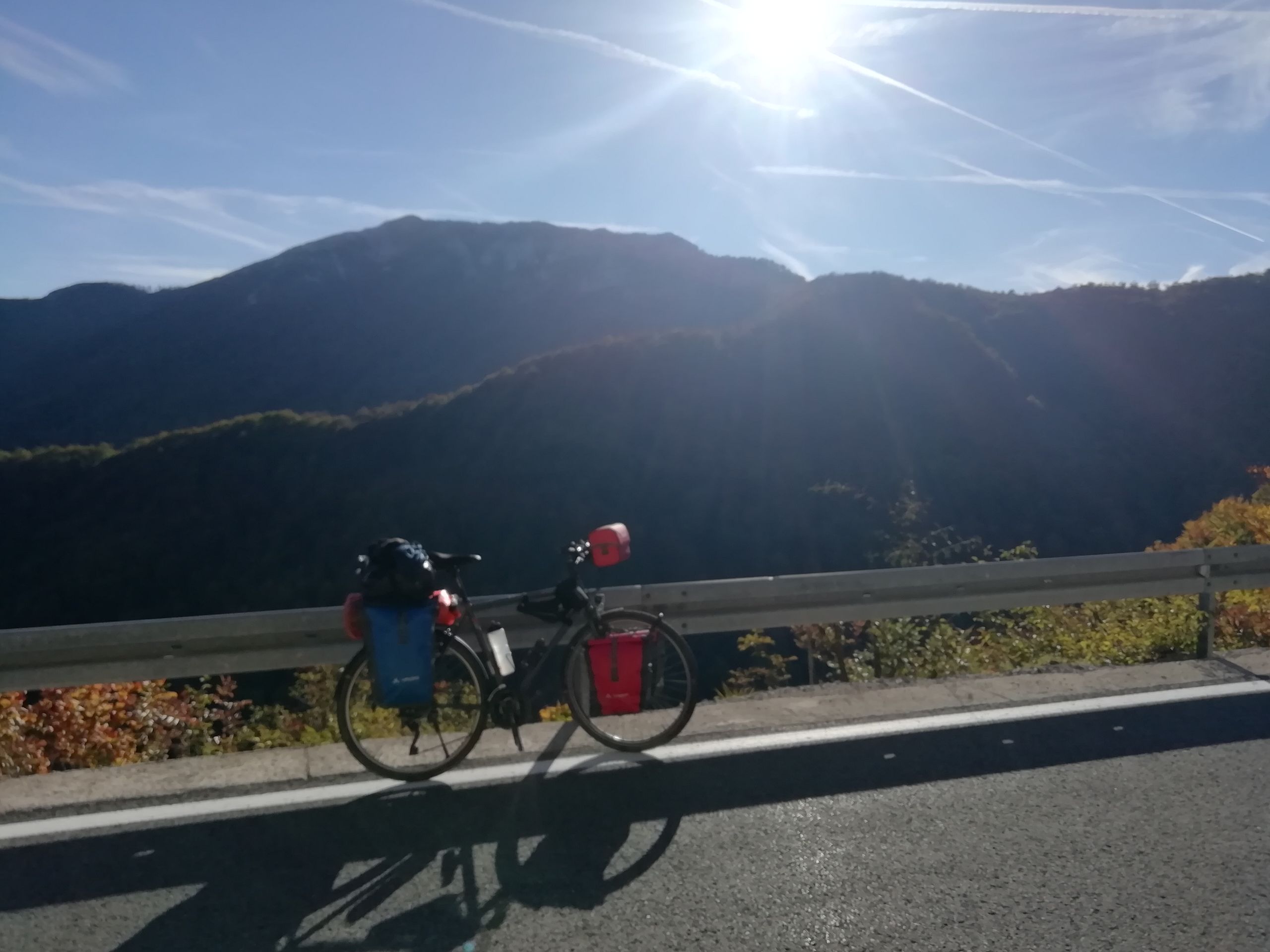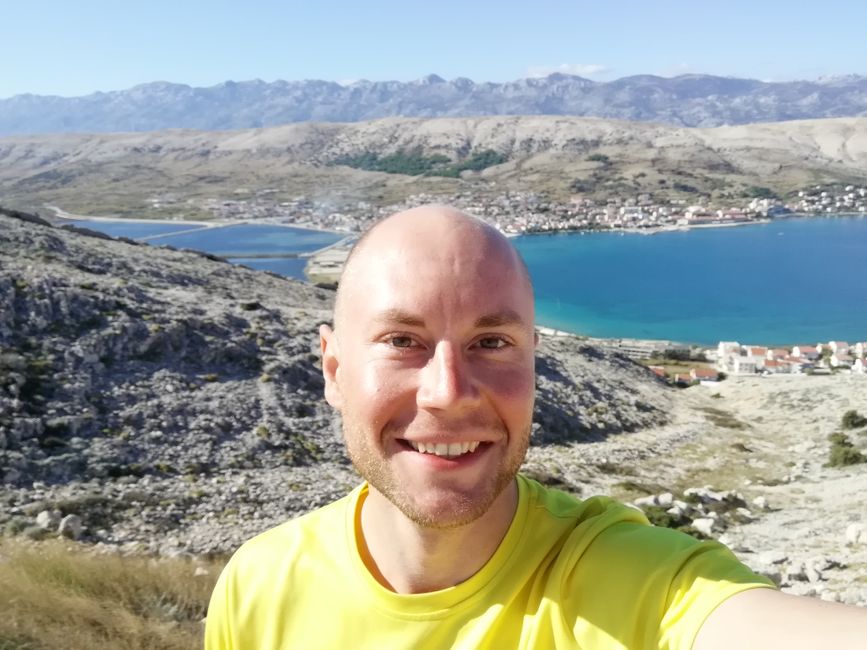Stage 40: From Kalyvia Varikou to Thessaloniki
प्रकाशित: 03.12.2021
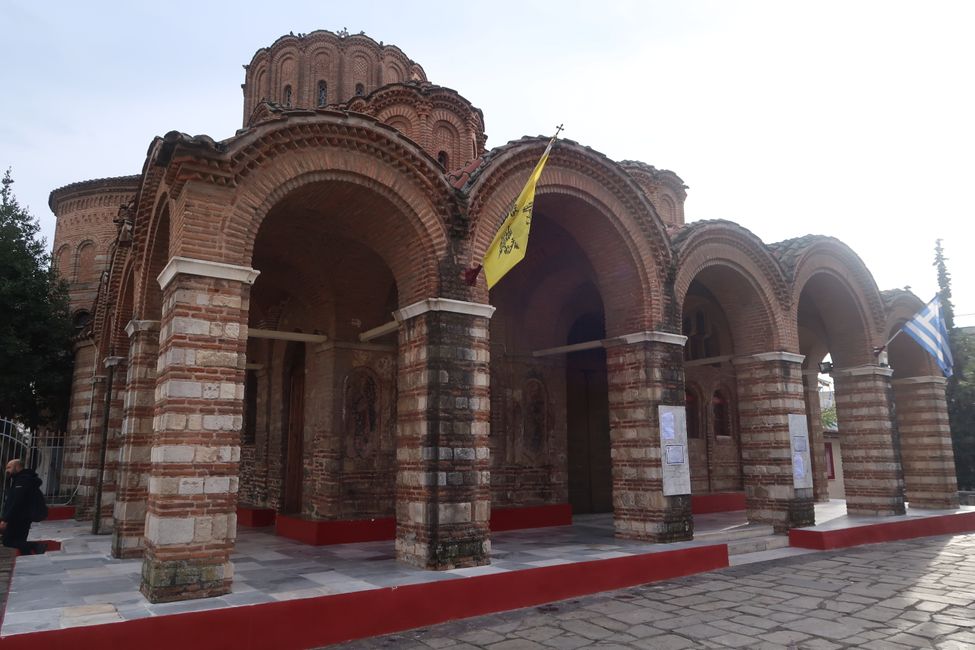
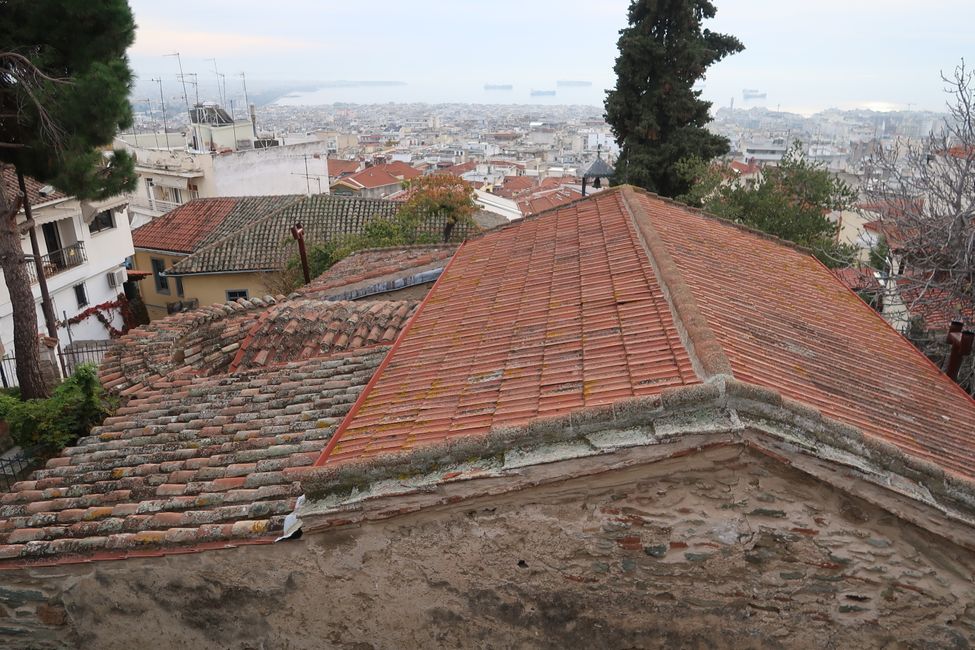
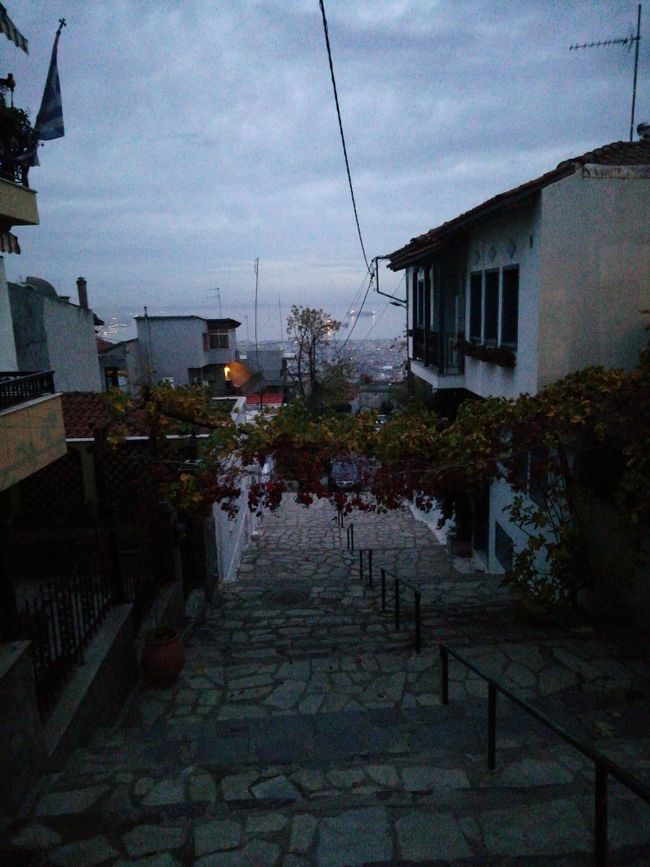
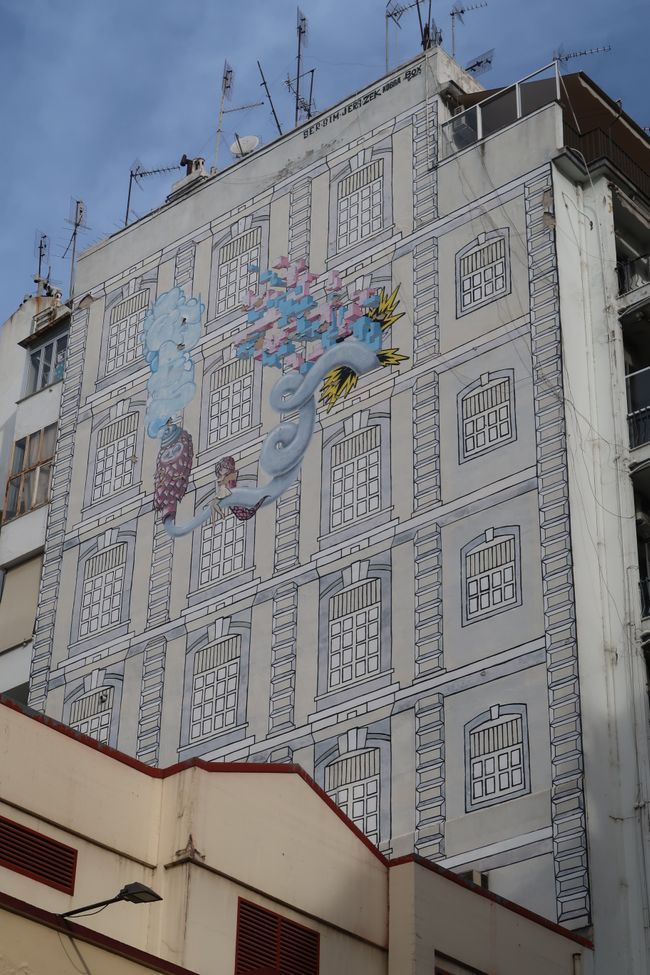
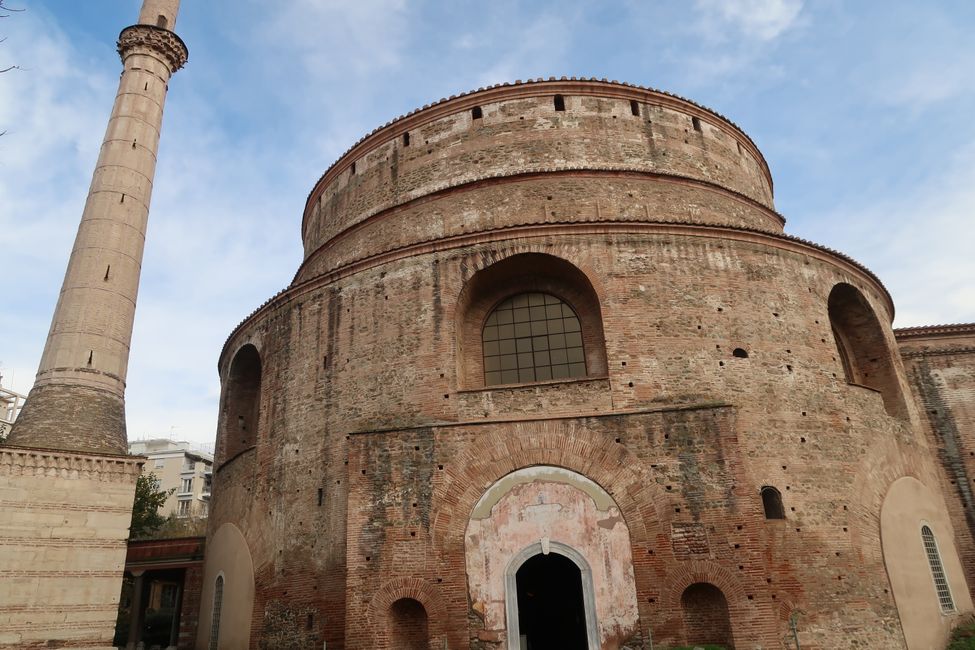
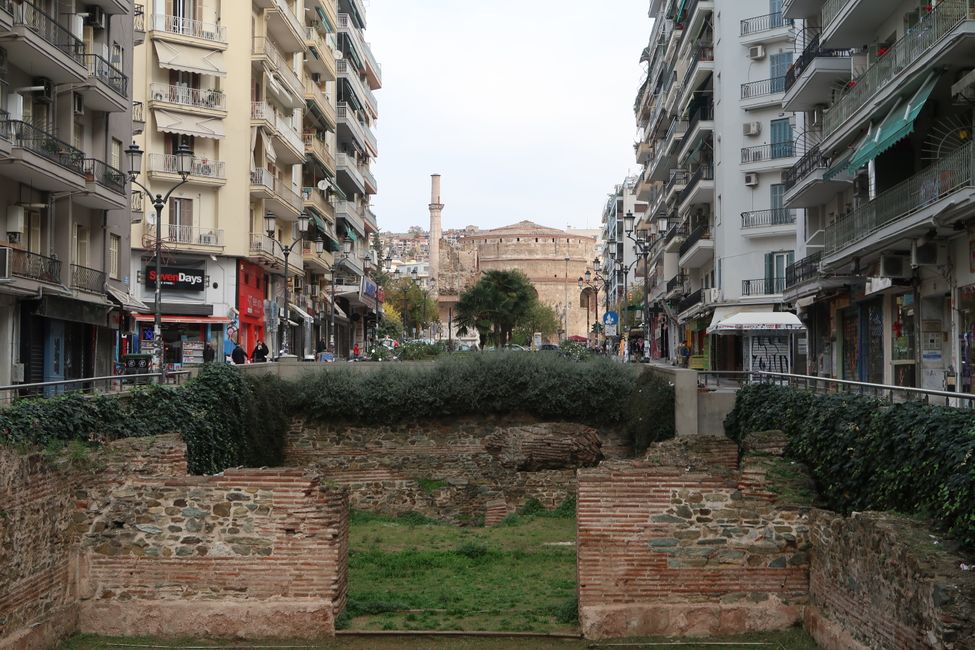
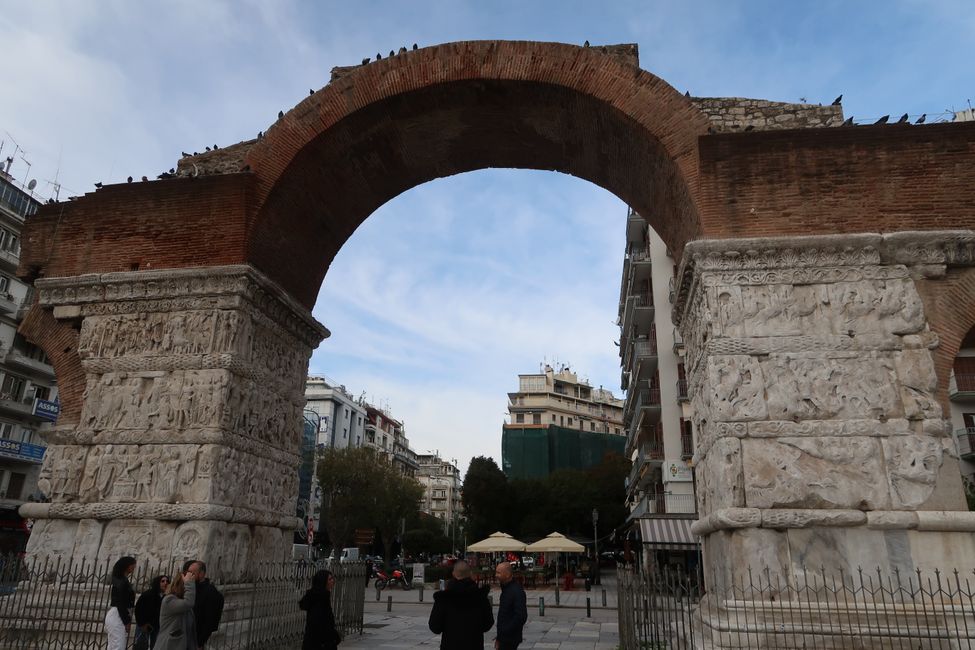
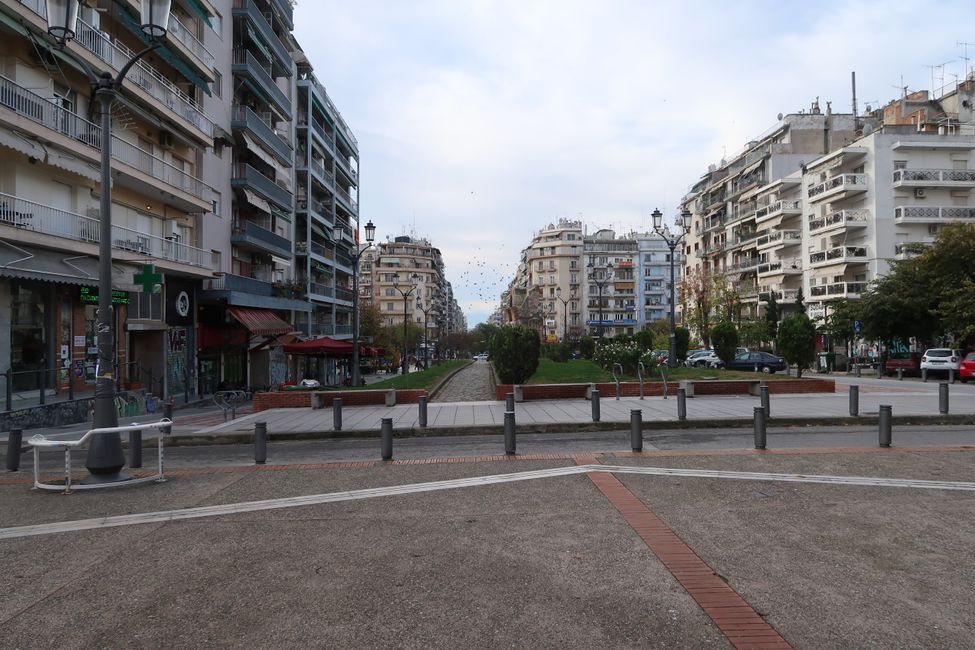
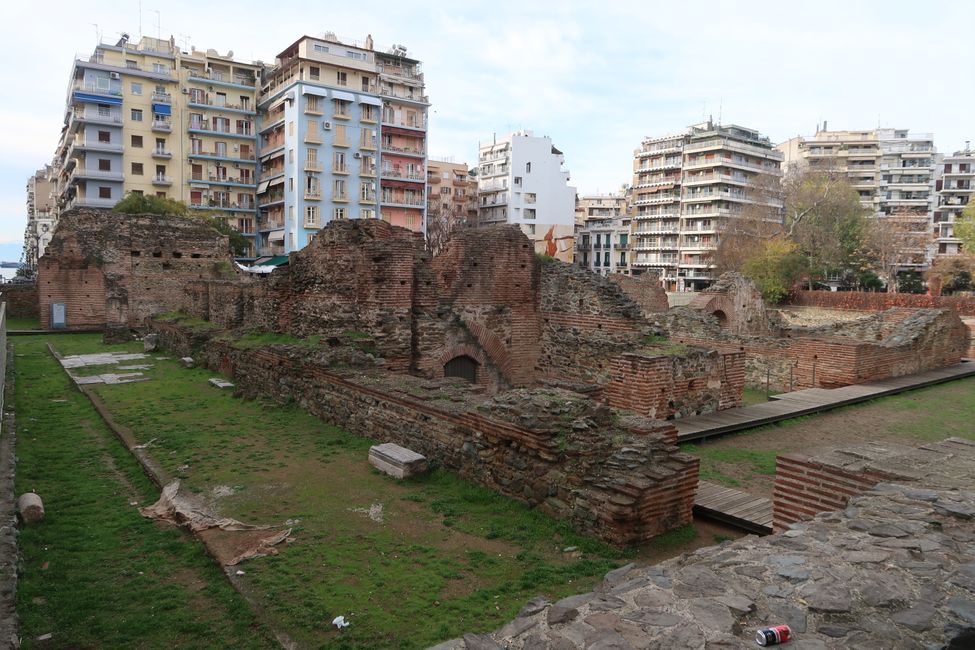
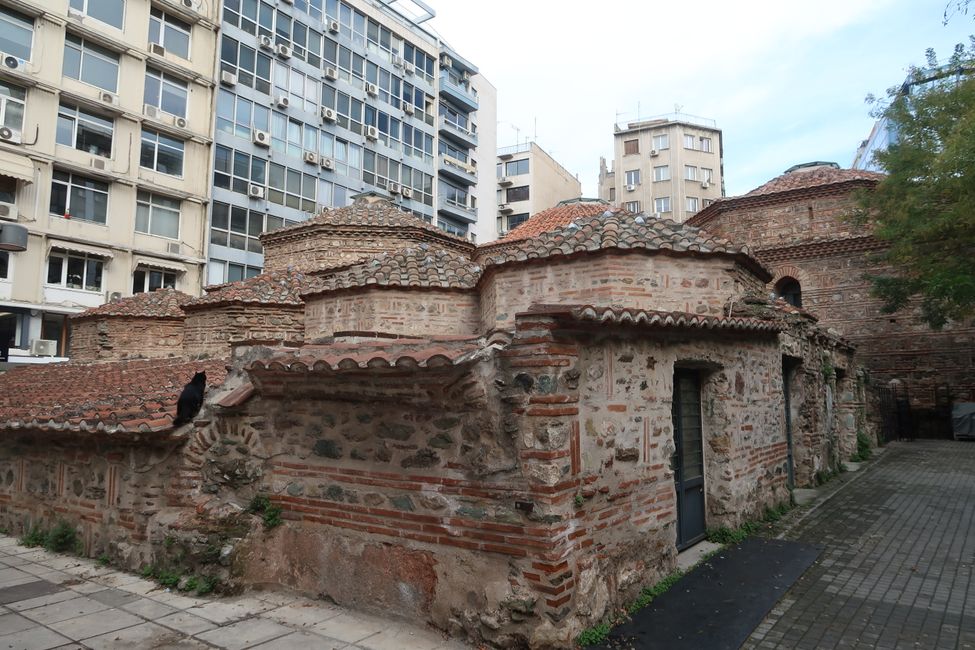
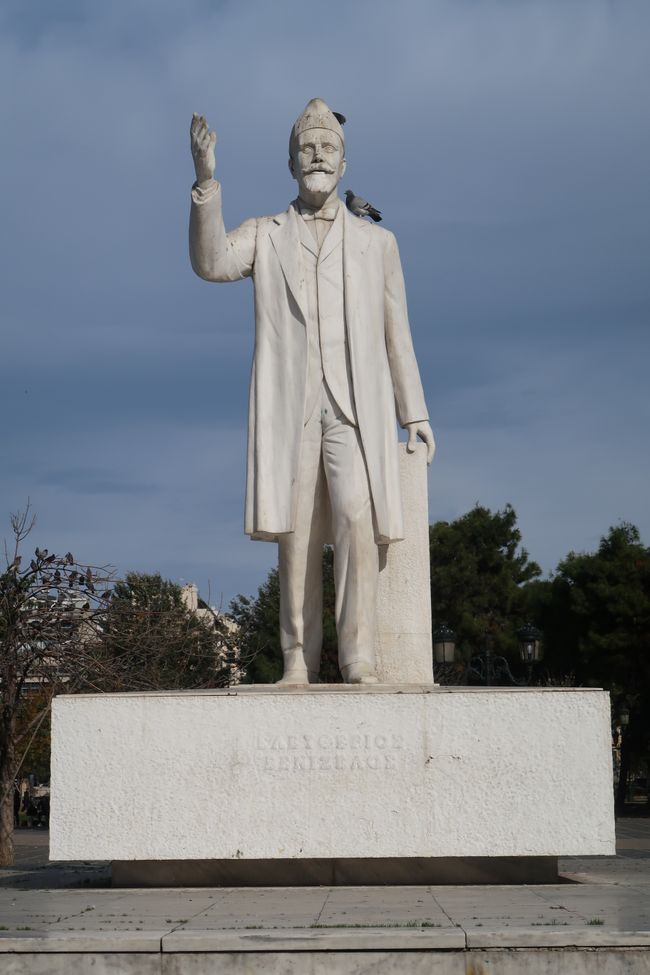
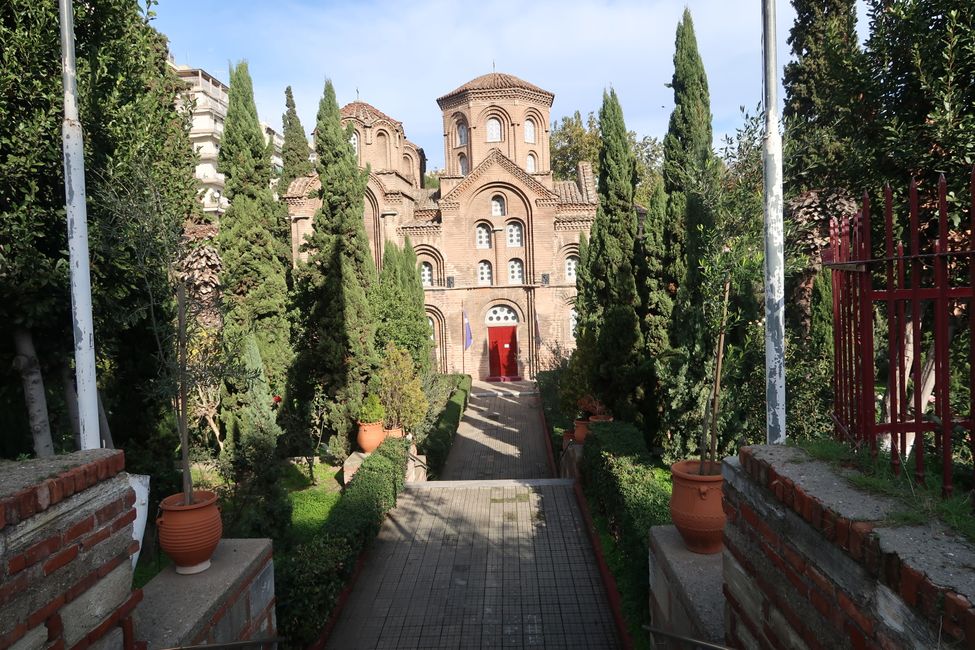
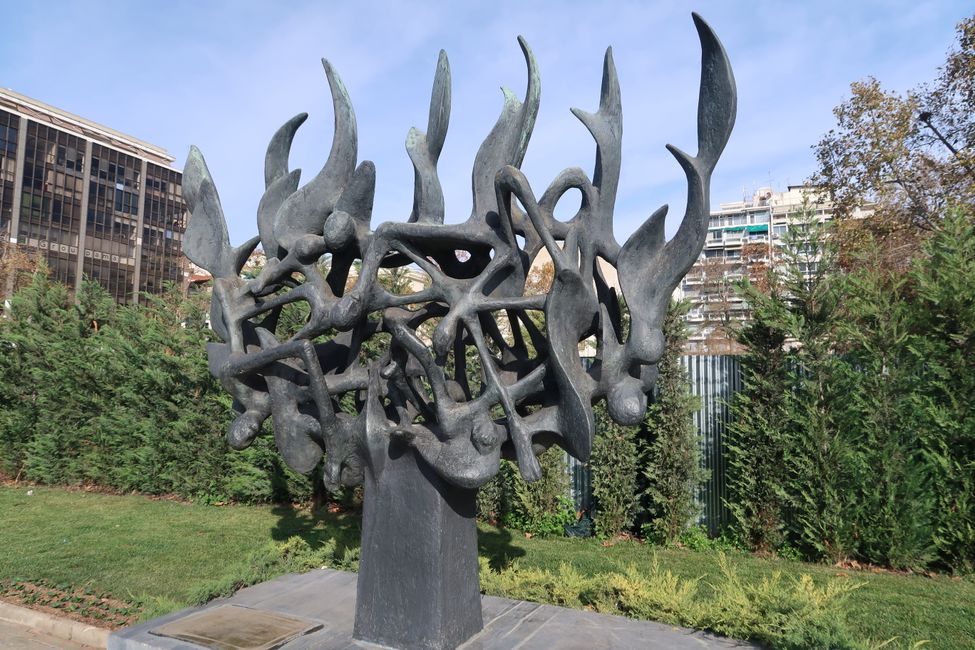
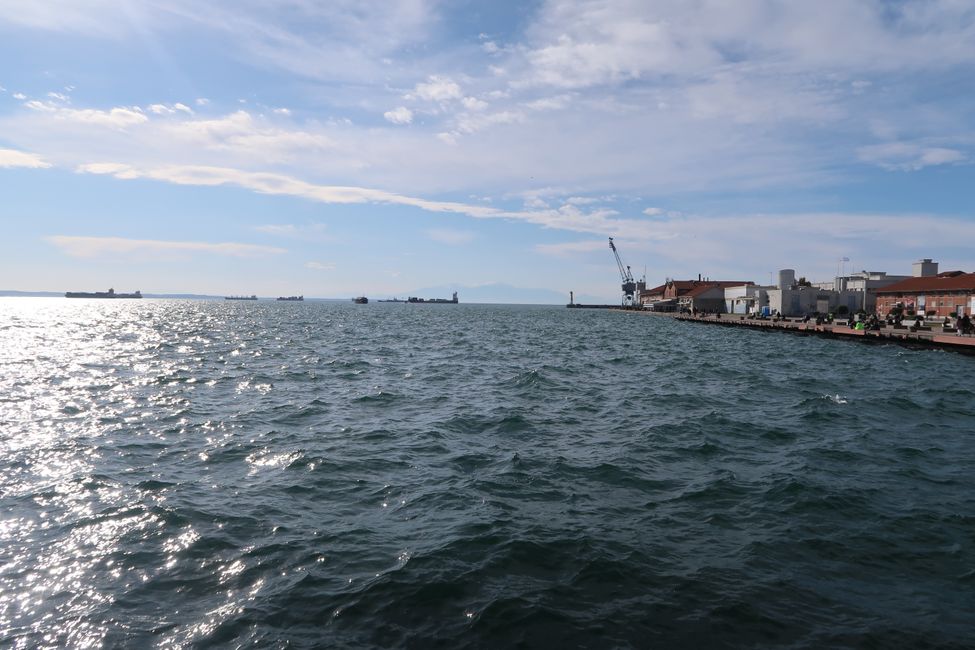
The journey to Thessaloniki started with light rain and I arrived in Thessaloniki in light rain as well. There was intermittent light rain throughout the trip, so there are no photos of the otherwise unspectacular journey. After taking down the tent (in light rain), I had a quick coffee and did a big shopping in Katerini. Unfortunately, as a cyclist, I had to take a detour around the Aliakmonas River because there is only a highway bridge. As a result, I quickly covered nearly 120 kilometers. In Thessaloniki, I ate and washed up. There, I met a Frenchwoman and an American who later joined me for a short visit to a bar. However, the next day, they were already heading to Meterora by car.
The next day, I had a guided tour of the Upper Town, a neighborhood where some buildings survived the great fire of 1917. In total, about 65% of the buildings were destroyed. The highlight of this tour was the guide himself, who even played some songs on his bouzouki. In the Upper Town, there is also a very old monastery with a beautifully preserved mosaic, which is completely overlooked by travel guides. Unfortunately, it was closed on that day, but Georgios showed us pictures and couldn't stop praising it. In fact, there are many hidden details to be found there, and even after eight years, he still discovers new little things. The tour lasted until dusk, and then I wanted to go to the train station. In general, I spent far too much time in Thessaloniki trying to find a way to Bulgaria, which unfortunately did not exist for me. There are currently no international trains running, the buses didn't want to take me with my bike, and I was too lazy to ride through the mountains...
The next day, the exploration of the city center was on the agenda, again with a free walking tour. Starting from the Rotunda, we continued to the Arch of Galerius and through the extensive pedestrian zone to the Jewish Quarters. Thessaloniki was the capital of European Jewry for a long time, but hardly anything of that remains in the city. The huge Jewish cemetery with 350,000 graves was completely destroyed in the early 1940s and used as building material for roads and buildings. Today, you can still see tombstone inscriptions on sidewalks, walls, etc. at some places in the city. According to both tour guides, the Nazis are unusually not to blame for this, but a decision by the Thessaloniki city administration for expansion. Today, the largest university in the Balkans with 100,000 students is located on the site of the cemetery.
In the afternoon, I had planned to enter Bulgaria but gave up. It was the first time that Corona put a damper on my plans. So I made a new plan and simply followed the coast, where the weather was better anyway. I would have liked to stay longer in Thessaloniki as well, but route planning, etc. had taken up too much time.
उत्तर
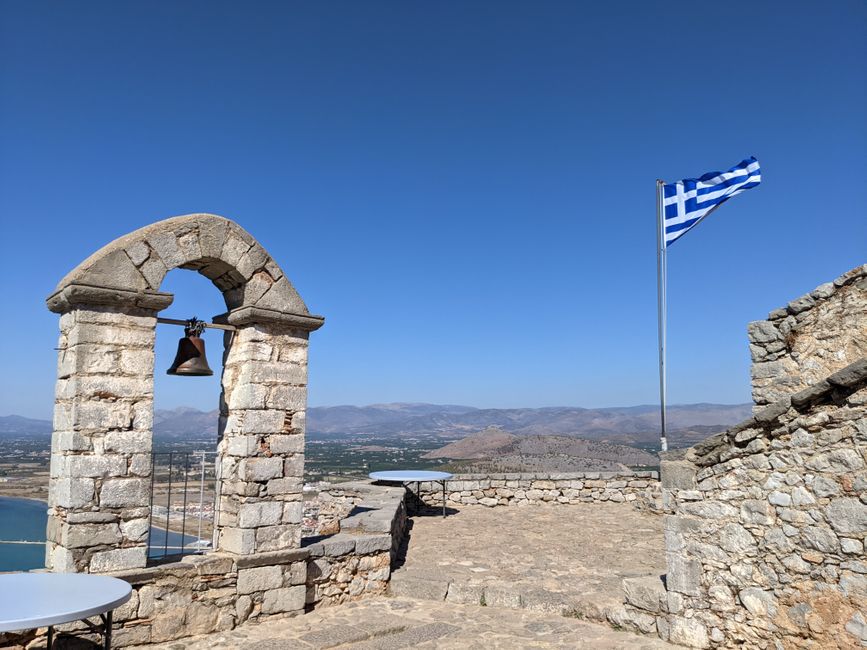
यात्रा रिपोर्ट यूनान
